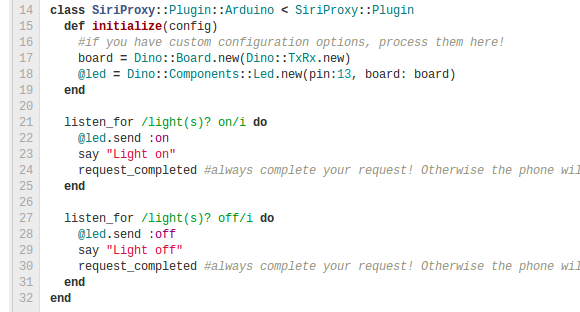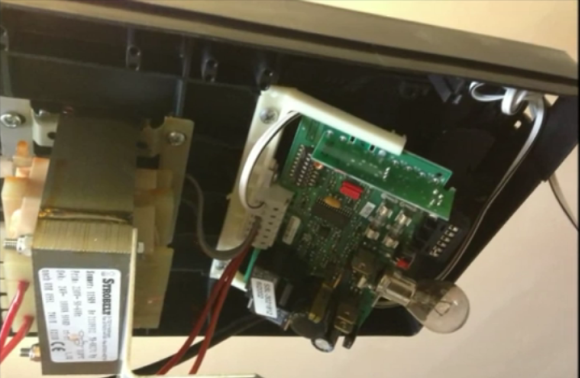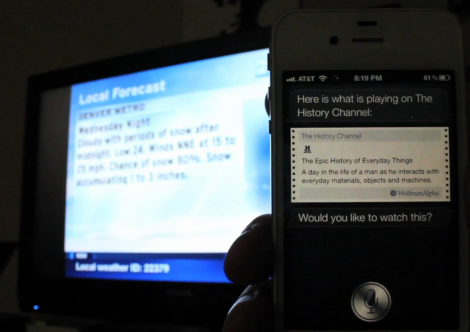![]()
We figure we have to start off this week’s links post talking about PETMAN. Boston Dynamics shows off the humanoid robot donning a full chemical suit. It’s a lot scarier than when we first saw it as a couple of legs a few years ago [Thanks Joshua].
Seeing something like that might drive you back to smoking cigarettes. But since that’s pretty bad for your health perhaps you just need a mechanical chain-smoking machine to take the edge off. That thing can really suck ’em down! [Thanks Mike]
Last week’s links included a bit about the Raspberry Pi 2.0 board version’s reset header. [Brian] wrote in to share a link for adding reset to a 1.0 revision board.
Speaking of RPi, [Elvis Impersonator] is using it to automate his garage door with the help of Siri.
In shop news, [Brad] needed to sharpen a few hundred pencils quickly and ended up melting the gears on his electric sharpener. Transplanting the parts to his drill press gave him more power to get the job done in about six minutes.
And finally, you can forget how to decipher those SMD resistor codes. Looks like surface mount resistors might be unmarked like their capacitor brethren. We were tipped off by [Lindsey] who got the news by way of [Dangerous Prototypes and Electronics Lab]

















